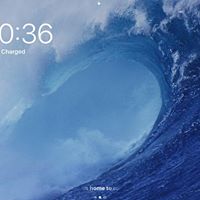What is the second hardest mineral according to Mohs scale of hardness?
One of the most important tools for identifying mineral specimens is Mohs hardness test. The test offers a comparison of a mineral's resistance to being scratched against ten reference minerals known as Mohs Hardness Scale. The test is useful because most specimens of a given mineral are very close to the same hardness. This makes hardness a reliable diagnostic property for most minerals.
Talc being an extremely soft mineral falls at 1.0 on the scale, while diamond, known as a very hard, scratch resistant mineral tops the scale at 10.0. Coming in second place to diamond on the hardness scale is corundum. Corundum, a crystalline form of aluminium oxide, typically contains traces of iron, titanium, vanadium and chromium. A rock-forming mineral, it is naturally transparent, but can have different colors when impurities are present. Transparent specimens are used as gems; called ruby if red and padparadscha if pink. All other colors are called sapphire, i.e blue sapphire for a blue specimen.
Because of corundum's hardness (pure corundum is defined to have 9.0 on the Mohs scale), it can scratch almost every other mineral. It is commonly used as an abrasive on everything from sandpaper to large machines used in machining metals, plastics, and wood.
Friedrich Mohs, a German mineralogist, developed the scale in 1812. He selected ten minerals of distinctly different hardness that ranged from a very soft mineral (talc) to a very hard mineral (diamond).
More Info:
geology.com














